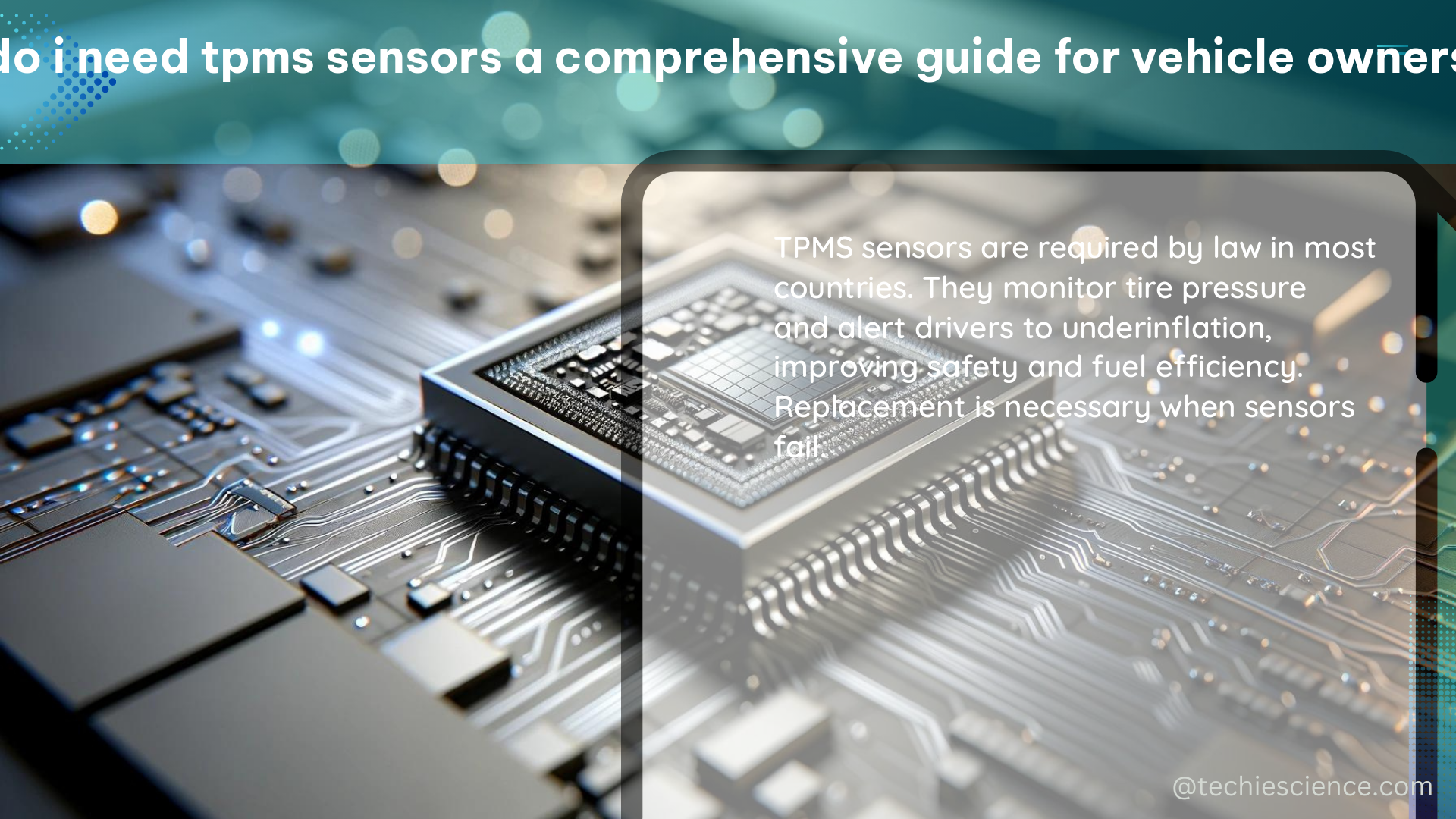Tire Pressure Monitoring Systems (TPMS) are essential components of modern vehicles, designed to monitor and alert drivers to potential problems with their tires. These innovative devices detect low tire pressure or TPMS malfunction, ensuring optimal tire service and safety. TPMS sensors are typically found within the tire itself, mounted on the wheel assembly, and can be categorized into two main types: Direct TPMS and Indirect TPMS.
Understanding Direct TPMS
Direct TPMS utilizes sensors situated inside each wheel to accurately measure individual tire pressure. These sensors constantly monitor and relay data to the vehicle’s onboard computer, which alerts the driver if the pressure in any tire falls below the manufacturer’s recommended level. The key features of Direct TPMS include:
- Sensor Placement: The TPMS sensors are mounted directly on the wheel assembly, inside the tire.
- Pressure Measurement: The sensors measure the actual tire pressure and transmit the data to the vehicle’s computer.
- Accuracy: Direct TPMS provides a more accurate representation of individual tire pressure compared to Indirect TPMS.
- Sensor Replacement: When a tire is replaced, the TPMS sensor may need to be replaced as well, depending on the vehicle’s requirements.
Understanding Indirect TPMS

Indirect TPMS, on the other hand, does not rely on wheel-mounted sensors. Instead, they use the vehicle’s existing wheel speed sensors, part of the Anti-lock Braking System (ABS), to detect discrepancies in rotational speed among the tires. This can indicate under-inflation, as under-inflated tires tend to have a smaller diameter and thus rotate faster than properly inflated tires. The key features of Indirect TPMS include:
- Sensor Placement: Indirect TPMS does not require additional sensors; it utilizes the existing wheel speed sensors.
- Pressure Measurement: Indirect TPMS detects pressure changes by monitoring the rotational speed of the tires.
- Accuracy: Indirect TPMS is less accurate than Direct TPMS, as it relies on indirect measurements.
- Sensor Replacement: Indirect TPMS does not require sensor replacement when tires are changed, as it uses the existing wheel speed sensors.
The NCTP100 (iN-Command TPMS) Hybrid System
The NCTP100 (iN-Command TPMS) is an example of a TPMS system that combines the technology used in both direct and indirect TPMS to provide a comprehensive monitoring solution. This hybrid system offers the best of both worlds, maximizing safety and efficiency on the road. The key features of the NCTP100 (iN-Command TPMS) include:
- Sensor Placement: The NCTP100 utilizes both wheel-mounted sensors and the vehicle’s existing wheel speed sensors.
- Pressure Measurement: The system can measure individual tire pressure using the wheel-mounted sensors and detect pressure changes using the wheel speed sensors.
- Accuracy: The hybrid approach of the NCTP100 provides a more accurate representation of tire pressure compared to Indirect TPMS.
- Sensor Replacement: When a tire is replaced, the TPMS sensor may need to be replaced, depending on the vehicle’s requirements.
TPMS Sensor Specifications and Operation
TPMS sensors typically transmit data when the sensor is on a vehicle that is going over 20 miles per hour. They use wireless technology, such as RF signals, to transmit the collected data. When a tire’s pressure drops below the recommended threshold, the TPMS sensors transmit a signal to the vehicle’s computer, which then triggers a low tire pressure warning.
The NCTP100 (iN-Command TPMS) sensor has the following technical specifications:
- Operating Voltage: 3V
- Operating Humidity: 95% MAX
- Storage Temperature Range: -40°F to 185°F
- Tire Pressure Measurement Range: 0 to 184 psi
- Tire Temperature Measurement Range: -4°F to 185°F
- Operating Frequency: 2.4GHz
- Transmission Power: 4 dBm MAX
- Battery Life: Approximately 1 year under normal operating conditions
- Battery Capacity: 130 mAh (CR1632)
- Sensor Weight: 10 g ± 0.5 g (including battery)
Proper TPMS Sensor Installation and Maintenance
To ensure proper installation of TPMS sensors, it is recommended to use a metal valve or replace the original valve regularly for better quality. The included wrench can be used to tighten or loosen the lock nuts and remove the cover from the sensor. It is recommended to keep the wrench in the vehicle in case you need to remove the sensor or replace the battery.
Regular maintenance of TPMS sensors is crucial for their proper functioning. This includes:
- Checking the sensor’s battery life and replacing it when necessary.
- Ensuring the sensor is properly tightened and the valve stem is in good condition.
- Inspecting the sensor for any damage or wear and tear.
- Replacing the sensor if it is malfunctioning or not providing accurate readings.
By following these guidelines, vehicle owners can ensure the optimal performance and longevity of their TPMS sensors, ultimately enhancing the safety and efficiency of their vehicles.
References:
- Creamery Tire. (n.d.). Tire Pressure Sensors: How Do They Work? Retrieved from https://creamerytire.com/blog/how-do-tire-pressure-sensors-work/
- NCTP100 (iN-Command TPMS) User manual for MP_20190802.pdf. (n.d.). Retrieved from https://asasupportdocs.blob.core.windows.net/docs/Owners%20Manual/NCTP100%20%28iN-Command%20TPMS%29%20User%20manual%20for%20MP_20190802.pdf
- DriveRightData. (n.d.). TPMS Manuals – DriveRightData – Automotive Data Solutions. Retrieved from https://www.driveright-data.com/en/tpms-data-and-tpms-manuals
- Samsara. (2020, July 27). A Complete Guide to Tire Pressure Monitoring Systems – Samsara. Retrieved from https://www.samsara.com/guides/tire-pressure-monitoring-system/
- Brake & Front End. (2014, October 20). Domestic Vehicle TPMS Guide – Brake & Front End. Retrieved from https://www.brakeandfrontend.com/domestic-car-tpms-guide/

The lambdageeks.com Core SME Team is a group of experienced subject matter experts from diverse scientific and technical fields including Physics, Chemistry, Technology,Electronics & Electrical Engineering, Automotive, Mechanical Engineering. Our team collaborates to create high-quality, well-researched articles on a wide range of science and technology topics for the lambdageeks.com website.
All Our Senior SME are having more than 7 Years of experience in the respective fields . They are either Working Industry Professionals or assocaited With different Universities. Refer Our Authors Page to get to know About our Core SMEs.